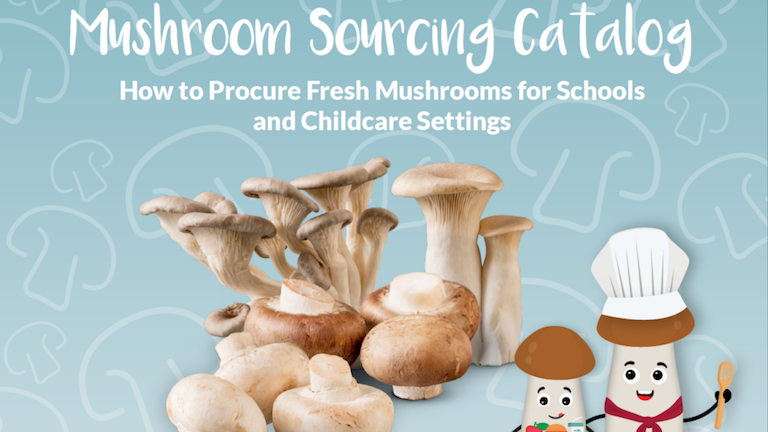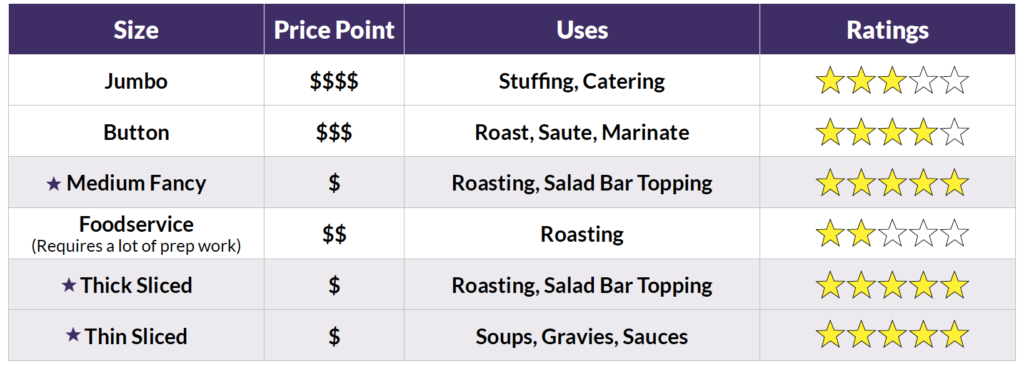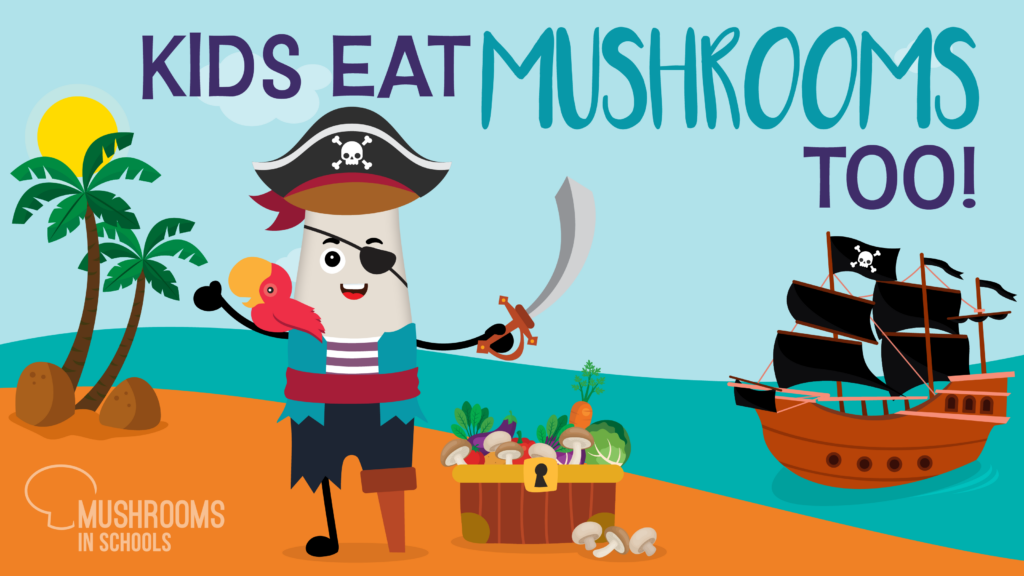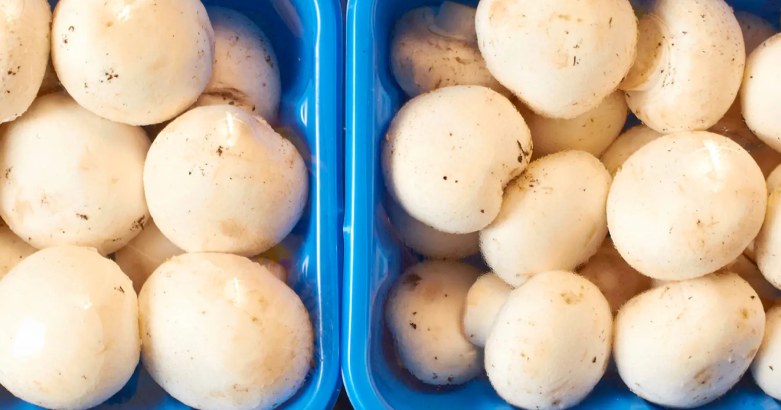 Schools
Schools
New School Year, New Menus: Mushroom Edition
Part 1: Procuring Mushrooms for School and Childcare Settings
Looking to renovate your students’ plate? Now is the best time to start adding mushrooms in your kitchens. Mushrooms are a cost effective, nutritious, versatile on trend ingredient. To start the planning process, let’s begin with procuring mushrooms. In part 2 of this series, we’ll show you our best tips for planning your menus with mushrooms in mind!
Why Mushrooms?
Fresh mushrooms are grown year-round in all 50 states, which makes them perfect for any cycle menu. Also, mushrooms can save you money by increasing plate coverage and portion sizes without the protein source cost, when you blend them with meat or add them to popular bowls of every kind! Mushrooms are plant forward, earth friendly and tasty too – making them perfect as an on trend ingredient.
When it comes to sourcing mushrooms, we recommend checking with your produce vendor to see what’s available. The DoD Fresh program in your area may offer mushrooms, and if they do not, be sure to inquire with FLAVORS to add. For other ideas on where to source mushrooms for your program, check out our Sourcing Catalog.
Which mushroom varieties are available for child nutrition programs?
The most typical mushroom varieties purchased commercially include white, which are amazing fresh or marinated in salads, as well as cooked; and brown mushrooms, which are great for sauteing and roasting. Brown mushrooms, as called crimini or baby bellas, come in several sizes. Our favorite size for commercial production is medium (more on that next!).
Portabellas, purchased whole, sliced, or ready to use (RTU), are another great option for cooking. Portabellas are the “adult” browns and are full of umami, making them an excellent meat-substitute. Their “meaty” flavors really support plant forward trends and they are delicious.
What about exotic mushroom varieties?
You may encounter other mushroom varieties such as- shiitake, enoki, oyster, miatake, and beech – at your supermarket or farmers’ market. Shiitake mushrooms take on a woodsy flavor when cooked and provide intense flavor to stir-fries, pastas, soupes, and sides. You can even use their stems for stocks and soups.
The others make a great item to try during Harvest of the Month or through the Fresh Fruit and Vegetable Program. You’ll find that kids love to try new foods when encouraged to do so, and mushrooms are nutritious and delicious additions to your #RealSchoolFood menu.
For meal component crediting, at this time all mushrooms credit the same in the FBG and in nutritional analysis. Mushrooms are an “other” vegetable.
What sizes can mushrooms be ordered in?
Whole mushrooms can be sliced, diced, and chopped by hand or with a food processor. We absolutely love RTU pre-processed mushrooms because it can significantly speed up prep and ensure mushroom pieces are uniform. Here are some of our favorite mushrooms available commercially and our recommendations on how to use them:

Whole
These are the best sizes for school nutrition operations. Look for these words when selecting mushrooms in your order guide.
Pre-Processed
Think buying pre-sliced mushrooms is out of your budget? Think again! Pre-processed mushrooms, such as thick and thin sliced options, are not only cost-effective, they also save you time and money on labor and prep time. They arrive RTU and cook evenly. Finally, they ensure consistency with every bite (and with little ones sometimes being sensitive to different shapes, sizes, and textures…improves acceptability.)
Now it’s your turn – go purchase some mushrooms!
Let’s get those mushrooms in our schools. Our Mushroom Sourcing Catalog is the perfect resource for anyone in your kitchens. This print-friendly resource can be used for staff trainings, brainstorming meetings with your management team, or conversation starters when speaking with your vendor.
To further enhance your training efforts and ease the introduction of mushrooms into your kitchens and menus, check out our Layers of Flavoring Culinary Training Course, Handling and Storage Resources, and Classroom Education Curriculum.
Have more questions when it comes to procuring mushrooms? We’re here to help! Email us at [email protected] and we’ll get right back to you.





We collect, use and process your data according to our Privacy Policy.